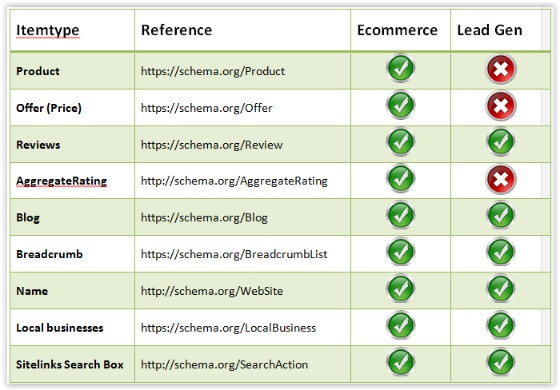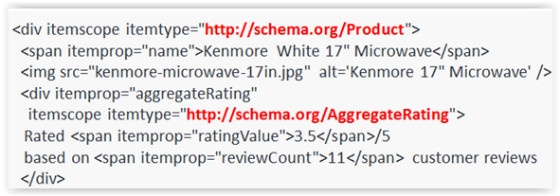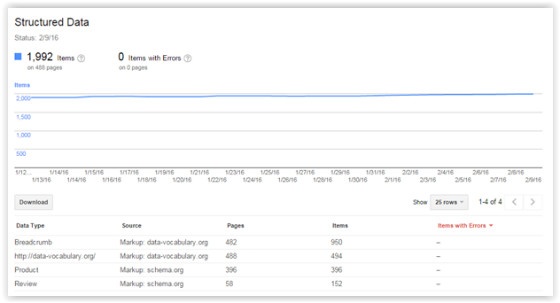How to Protect SEO Performance During a Site Migration
Arming yourself with the right tools to ensure a smooth site migration is important - find out how to protect your SEO during a migration today.
Read moreJade Coleman explains why schema mark-up is essential for e-commerce websites and offers her top technical SEO tips for keeping up to date and ahead of the competition.
Schema mark-up is code that you put on your website to help search engines such as Google provide more detailed results to users.
Structured data for websites refers to any data within a fixed field within a web page.
Schema is a set of vocabulary tags that can be added to the HTML of a website to structure the data and provide additional information so search engines can understand the content.
The way the SERPs (Search Engine Results Pages) display your marked up data are called rich snippets. Adding the schema mark-up to a website enhances the way your page is displayed in the SERPs in the form of rich snippets. It has been reported that enhanced listings can increase click-through rate by as much as 30%.
There are many different uses for schema.
For users, rich snippets produce useful information that can help the searcher with specific queries. For example, a snippet for a recipe page might show the total preparation time:

A product page snippet might show the price, stock levels and reviews:

For Google, rich snippets enable the SERPs to display enhanced listings and can assist algorithms to better index and understand the content of the page. Here's what Google has to say:
Including structured data mark-up in web content helps Google algorithms better index and understand the content. Some data can also be used to create and display rich snippets within the search results.
It can be very beneficial for an e-commerce website to implement schema mark-up for rich snippets, some of these benefits include:
There are many different items on a website that can be marked-up with schema. The most popular for both e-commerce and lead generation websites are displayed below:

Adding schema mark-up to your website requires development. It’s important that what you mark up on your website is appropriate for the content.
The schema.org vocabulary data can be embedded in an HTML page using Microdata, RDFa, and JSON-LD formats.
Google has technical and quality guidelines for structured data; these can be found on the Google Developers website.
Google’s structured data mark-up helper can guide you on how to add Microdata to your HTML. First you have to select a data type from a list of 10 and then add the URL of the page that you would like to start tagging. After highlighting various data items, including name, image, description etc, the tool will create the HTML for the website.
Code example:

Monitoring and checking for schema errors can be done several ways.
Google’s Structured Data Testing Tool allows you to input any new code containing the mark-up into this tool and validate it. If you already have structured data on your website but would like to edit it then you can fetch the URL of a page beforehand and it will display any errors that need fixing.
It’s recommended to monitor the errors with structured data on a regular basis; this can be done in the structured data report in Google’s Search Console. This will give you the different data types used on the website and whether or not the mark-up has any errors.

Not sure how to implement schema mark-up or what information to use for your rich snippets? Contact our technical SEO team today.
More articles you might be interested in:

Arming yourself with the right tools to ensure a smooth site migration is important - find out how to protect your SEO during a migration today.
Read more
Google employees have recently announced that the upcoming Google Core Update is set to be released in the coming weeks. Understanding and addressing...
Read more
Language matters. Any marketer worth their salt knows this. But when discussing gender and sexual orientation, that importance is amplified tenfold.
Read more
When marketers think of thought leadership, there are names rather than ideas, that tend to spring to mind.
Read more
With the release of GPT-4, how revolutionary will this tool be? Alan Rowe takes us through it...
Read more
To help prompt you to consider your approach to organic search integration, Dr. Dave Chaffey gives some practical tests you can apply to review your...
Read more
Learn more about the importance of understanding the user journey to create a content strategy that is on point.
Read more
Google's change in guidance could transform the way content is created in the future, but how does it affect SEO and content creators going forward?
Read more